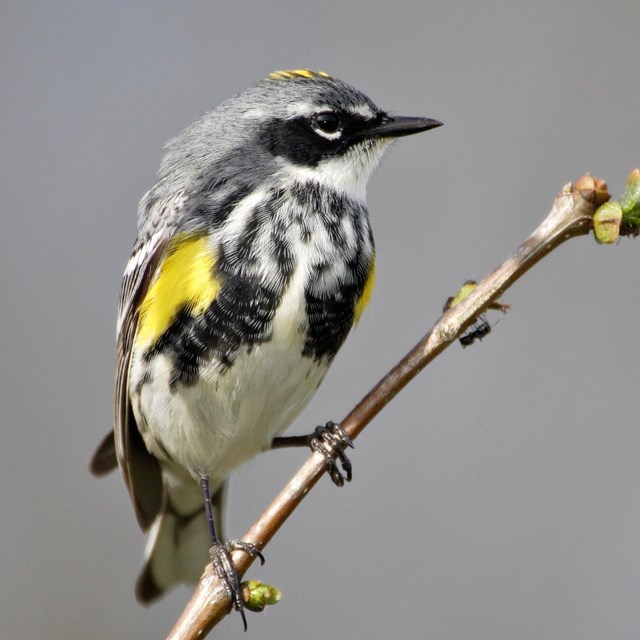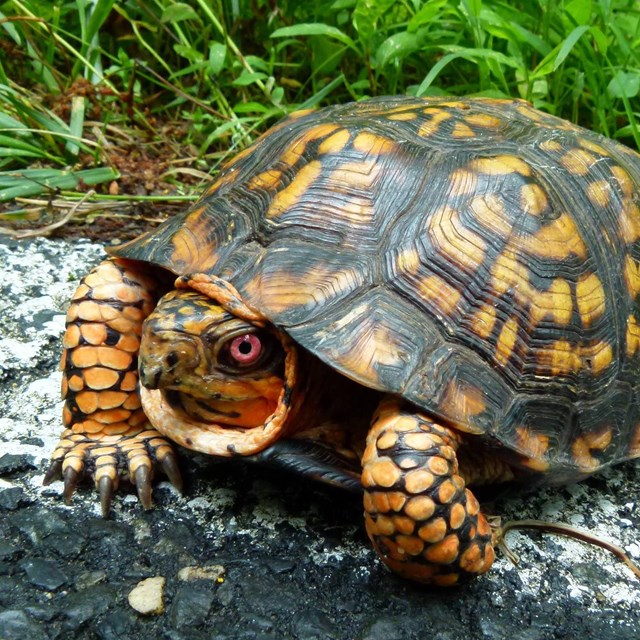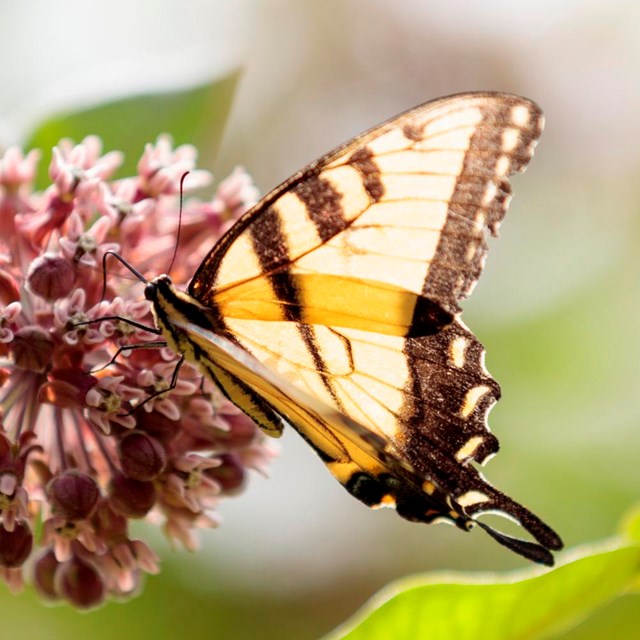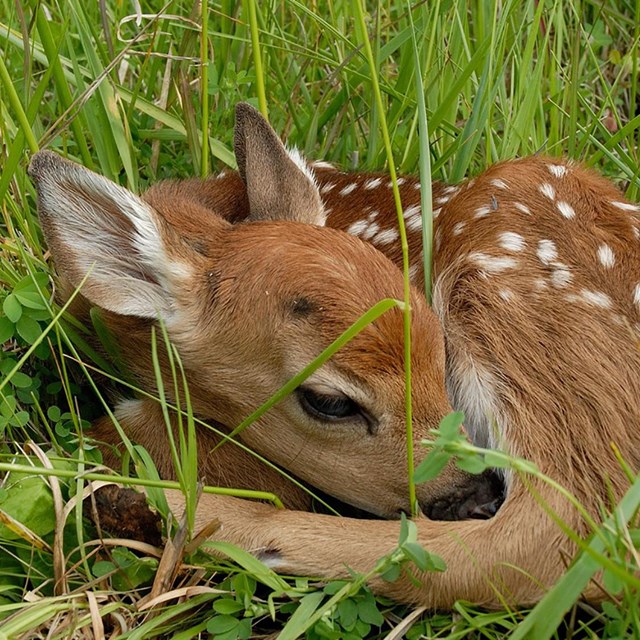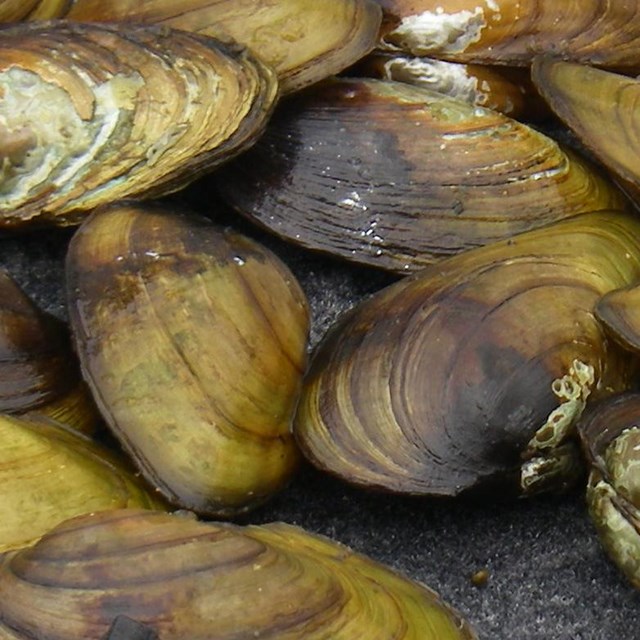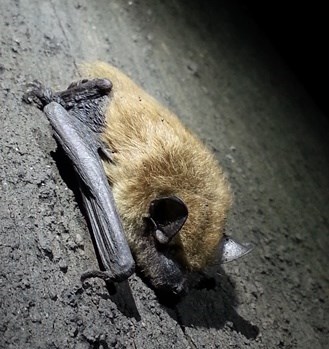
NPS Photo There are over 1000 known species of bats, representing about a quarter of all mammal species. Bats are a vital part of our ecosystem, eating many nuisance and crop-damaging insects, and some even provide pollination services for plants. Many North American bat species are in severe decline or already listed as endangered or threatened, due in part from habitat loss and disease. Locations along the C&O Canal are home to eight species of hibernating bats including the Maryland state endangered Eastern Small-Footed Myotis (Myotis leibii), the federally threatened Northern Long-Eared Bat (Myotis septentrionalis), and the federally endangered Indiana Bat (Myotis sodalis). Researchers from the Maryland Department of Natural Resources have found that the C&O Canal contains some of the best hibernacula, or overwintering refuges, for bats in the region. 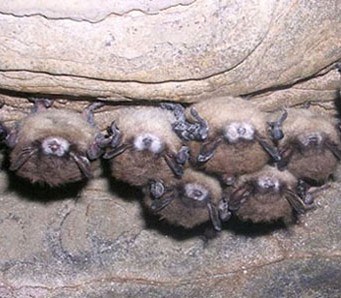
US Forest Service White-Nose SyndromeThe C&O Canal actively works with the Maryland Department of Natural Resources to monitor this site, paying close attention to the threat of white nose syndrome. This disease is caused by a cold-loving fungus that grows on bats when they are hibernating. The fungus, found on the muzzle, wings, and exposed skin tissues, disrupts the normal hibernating pattern and can cause bats to starve. In order to prevent the possible spread of WNS and protect hibernating bats, the tunnel is closed to the public. Bat gates have been installed at both ends of the tunnel to ensure bat safety. For more information on white nose syndrome, please visit https://www.nps.gov/articles/what-is-white-nose-syndrome.htm. The Cave at Dam 4The National Park Service (NPS) is working with the Maryland Department of Natural Resources (DNR) Wildlife and Heritage Service to collaboratively protect sensitive and endangered wildlife species in the Dam 4 Cave in Williamsport, Maryland. The Cave is known to support threatened, hibernating bat species such as the tri-colored bat (Perimyotis subflavus), which have experienced worldwide declines in part because of the lethal White-nose Syndrome disease. The Cave also contains several endangered invertebrate species that have adapted to sensitive cave and spring habitats and numerous unique geological features. Vandalism, disease spread by humans, and visitor overuse all represent significant threats to these natural resources. Can visitors still access the Dam 4 Cave?Visitors can still access the front portion of the Dam 4 Cave. The park has installed a permanent steel gate within the back portion of the cave to protect sensitive and endangered species. With these gates, bats will have a safe, undisturbed places to hibernate and raise their young. Bats and the intermittent surface water streams within the cave can move through the metal slats of the gate. These metal gates, employed across the world to protect bat species, allow bats to access caves for hibernation but help prevent the spread of White-nose Syndrome. Learn More:Bats in national parks: Bats (U.S. National Park Service) (nps.gov)
Learn more
|
Last updated: September 6, 2022

